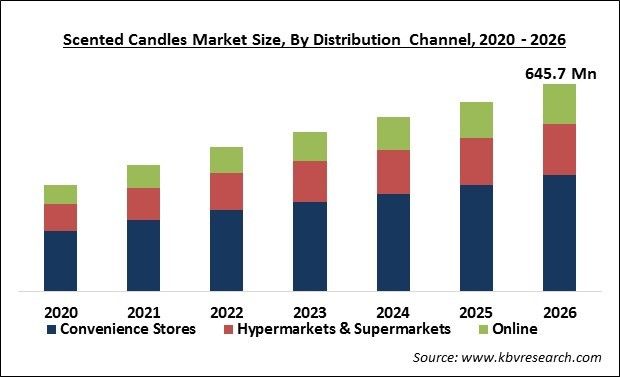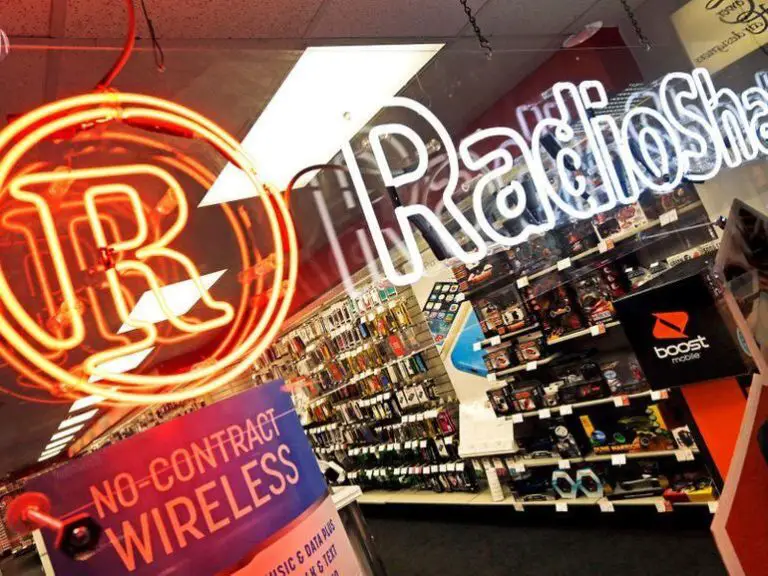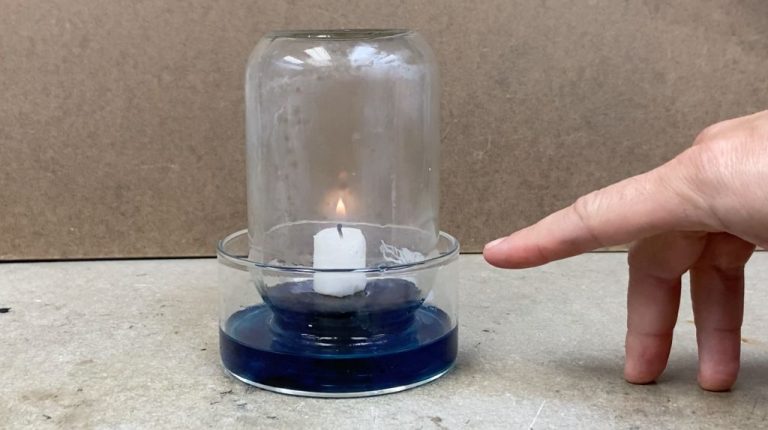Is It Worth Starting A Candle Business?
Introducing the candle business
A candle business involves manufacturing, marketing and selling candles and related products like wax melts, room sprays and diffusers. The global candle market size was estimated at $13.2 billion in 2021 and is projected to reach $14.5 billion by 2030, growing at a CAGR of 8.21% from 2024 to 2030 (1).
There are several types of candle businesses:
- Retail – Selling pre-made candles in-store and online
- Manufacturing – Making candles and selling to retailers and consumers
- Private label – Manufacturing candles for other brands to sell under their own name
- Custom/bespoke – Making personalized and customized candles
Within the candle industry, there are various segments like scented, non-scented, gel, soy, beeswax and more. Common retail channels are specialty candle shops, big box stores, gift shops and online marketplaces. The top players include Yankee Candle, Bath & Body Works and Village Candle.
(1) https://www.verifiedmarketresearch.com/product/candle-market/
Startup Costs
Starting a candle business requires various investments and expenses. According to FinModelsLab, the average startup costs for a candle business range from $350 to $10,000.
Some of the major startup costs include:
- Equipment like wax melters, molds, thermometers, pouring pots – $300 to $1,500
- Ingredients like wax, fragrance oils, wicks – $500 to $2,000 for initial inventory
- Packaging like jars, lids, labels – $250 to $1,000
- Branding such as logo design, branding – $500 to $1,500
- Building an ecommerce website – $500 to $5,000
- Legal fees for licensing and permits – $200 to $1,000
- Initial inventory of finished candles – $1,000 to $3,000
According to Crowdspring, first-time entrepreneurs should expect to invest around $10,000 in startup costs to launch a professional candle brand.
Profit margins
Candle making can be a profitable business with the right approach to pricing and managing costs. According to Forbes, candle makers should aim for a 25-50% profit margin on their products [1]. This means if it costs $5 to make a candle, it should be priced at $6.25-$7.50. Profit margins for candles tend to be lower than high margin products like software or information products, but higher than some craft businesses according to Reddit users [2]. Keeping costs low through bulk buying of supplies, minimizing wasted materials, and pricing strategically will help maximize profitability.
The main factors impacting profit margins are the cost of materials like wax, fragrance, wicks and jars as well as labor costs. Candle makers should calculate their exact costs per unit and experiment with pricing to land on an optimal margin. Comparing profit margins to similar businesses can provide guidance on reasonable goals. Profit margins may need to be lower initially as you build up your customer base and work on efficiencies.
Competition
The candle industry is highly competitive, with market saturation being a major challenge (IBISWorld). In 2024, there were over 1,700 candle businesses in the United States. Companies must find ways to differentiate themselves from competitors.

Competing against established brands like Yankee Candle, Bath & Body Works, and Walmart can be difficult for small businesses. These major players have advantages in pricing, marketing, and distribution networks. However, small businesses can still compete by focusing on unique scents, customization, creative packaging and branding, specialty candles, and providing excellent customer service (WaxMelters).
Offering personalized, customized, or locally-made candles is a key strategy for differentiation from mass-produced options. Small businesses may also choose to specialize in soy, beeswax, or other niche candle varieties. Building a brand identity and story helps connect with customers seeking small batch, artisanal candles. With creativity and focus on quality, startups can successfully compete in this crowded market.
Regulations
Candle manufacturers in the United States must comply with safety standards and regulations enforced by the Consumer Product Safety Commission (CPSC). The key regulations include:
ASTM candle safety standards – These voluntary consensus standards are published by ASTM International and cover fire safety, labeling, testing methods, and more. Major standards include ASTM F2326, ASTM F2417, ASTM F2058, and ASTM F2179.
Testing and certification – Candles must be tested and certified by an accredited lab to ensure they meet the ASTM safety standards. Testing must be conducted for each candle line and fragrance formulation. ASTM standards require testing for parameters like flame height, burn rate, end-of-useful life, and more.
Warning labels – Candle labels must contain specified cautionary language and warning statements as per ASTM and CPSC regulations. This includes warnings about trimming the wick, burning away from flammables, not burning for more than 4 hours, keeping away from children, and more. Labeling guidelines must be followed.
Other regulations – The FDA regulates candle colorants and fragrances. Some states like California have additional candle testing and labeling requirements.
Scaling challenges
As candle businesses grow, owners often face challenges with scaling up production and operations smoothly. One major issue is expanding production capacity to meet rising demand. Candle making is labor intensive, so it can be difficult to rapidly increase output without hiring more staff or upgrading equipment (https://eightify.app/summary/start-and-scale-a-profitable-candle-business-insider-tips).
Business owners also have to manage larger inventory and coordinate with suppliers as their production increases. Keeping quality high and preventing stockouts becomes more complex at a bigger scale. Implementing inventory management systems and quality control processes gets critical. Some owners suggest starting lean and only scaling up incrementally in a sustainable way (https://eightify.app/summary/tips-for-scaling-your-candle-business-a-day-in-the-life-of-a-successful-owner).
Another hurdle is hiring and training staff to maintain production standards and fulfillment accuracy. As the business expands, owners need help but risk growth stagnating if they don’t delegate properly. Investing in employees and creating training systems can facilitate growth rather than hinder it.
Overall, candle businesses need to evaluate their capabilities and infrastructure at each stage of scaling. Owners must balance production capacity, inventory, staffing, and quality control to support sustainable growth.
Marketing Your Candle Business
Marketing is crucial for any new candle business to gain visibility and attract customers. Some effective marketing strategies include:
Social media marketing on platforms like Facebook, Instagram and Pinterest allows candle businesses to showcase products through visually appealing photos and videos. Using relevant hashtags and engaging with followers is key. According to one source, “Use platforms like Instagram and Facebook to market your products creatively” (Powers, 2022).
Search engine optimization ensures your website and products appear at the top of Google searches. Optimizing product names, descriptions and web content for relevant keywords can drive traffic. One tip is creating blog posts about candles to boost SEO.
Setting up a booth at trade shows and fairs helps generate product exposure and sales. Handing out business cards and product samples gets the word out. Partnerships with local gift shops or boutiques can also expand reach.
Reaching out to influencers to review products can provide credibility. Even micro-influencers with engaged niche audiences can boost brand awareness. According to one article, “Work with social media influencers and bloggers to promote your products to their audience” (Stark, 2021).
Financial Viability
One of the most important considerations when starting a candle business is determining if it will be financially viable. To assess financial viability, it’s helpful to conduct a breakeven analysis. This analysis calculates the sales volume needed to cover fixed and variable costs. According to FinModelsLab, the fixed costs for starting a candle business include equipment like wax melters, thermometers, and labeling machines. Variable costs are ingredients like wax, fragrance oils, wicks and packaging. The average variable cost per candle is around $2.
Industry benchmarks suggest a well-run candle business can achieve a return on investment (ROI) of 2-4x within the first few years. However, profitability timelines depend heavily on sales and marketing. Building a customer base and establishing a brand takes time. Many entrepreneurs don’t turn a profit until after the first year in business. With persistence and effective marketing though, most candle businesses become profitable 18-24 months after launch.
Lifestyle Factors
Running a candle business requires a significant time commitment that can impact work-life balance. According to the US Chamber of Commerce, small business owners often struggle to find a healthy balance between their business and personal lives.
Some tips for maintaining work-life balance while running a candle business include:
- Set boundaries and avoid working excessively long hours (
Forbes ) - Establish a schedule with set working hours and take regular breaks (
The Hartford ) - Delegate tasks to employees or contractors when possible
- Make time for hobbies, relationships, and self-care
Running a business can be stressful. It’s important for entrepreneurs to practice stress management techniques like meditation, exercise, and setting aside personal time. With proper planning and boundaries, candle business owners can achieve a fulfilling work-life balance.
Conclusion
The candle business has its pros and cons. On the pro side, startup costs can be relatively low, profit margins are high, and it’s easy to get started by making candles as a hobby or side business. Candles are an in-demand product and have appeal as homemade, natural and aromatic. You can also scale up by selling online or to local retail stores as your business grows.
On the con side, the candle market is competitive and crowded, especially for ecommerce sales. Marketing and differentiating your candles takes significant effort and trial and error. Regulations around candle production and sales must be followed. Making and selling candles takes a lot of time and physical effort. Turning it into a full-time business may not be as lucrative or sustainable unless you’re able to effectively distinguish your brand.
Ultimately, starting a candle business can be a gratifying creative endeavor and worthwhile side hustle. But achieving standout success likely requires passion, persistence and being comfortable with uncertainty. Check your financial expectations and consider your lifestyle preferences before pursuing candles as a full-time business. With eyes wide open to the realities of the market, starting a candle business can be a rewarding path for some entrepreneurs.






